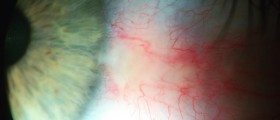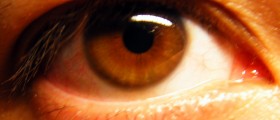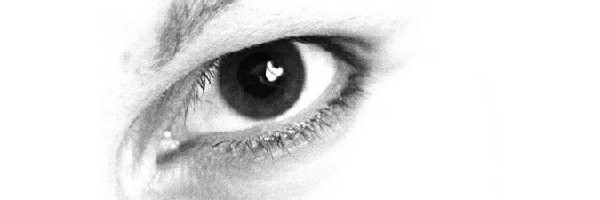
Natural Remedies for Dry Eye Syndrome
Dry eye syndrome is a complex disease that results in discomfort, visual disturbance, and greatly increased risk of eye infections when there is diminished production of tears.
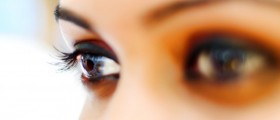
Human Genetics and Eye Color
The eye color in humans is controlled by the amount and type of pigment that is deposited in the iris.Eyes of all color except the reddish or pinkish eye of people with albinism contain a dark-brown pigment in the iris epithelium that is called eumelanin.

Ocular Migraine: Eye Migraines or Ophthalmic Migraine
Ocular migraines are fairly common and most of the time painless compared to a normal migraine that causes a severe headache. With eye migraines one might experience vision problems and may or may not be in conjunction with the severe headache.
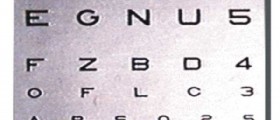
Blurred vision
When patients complain of blurred vision, it is first necessary to define exactly what they mean. It is also important to find the time frame and the extent to which the visual fields are affected.

Cavernoma: Diagnosis, Treatment And Unanswered Questions
A cavernoma is an abnormal cluster of small and leaky blood vessels within the brain or spinal cord. While many patients don't have any symptoms, some experience debilitating seizures and other neurological problems.

Presbyopia: When (And Why) Will You Need Reading Glasses?
This "disease" will eventually affect 100 percent of people, yet few people even know what it's called. Let's discuss presbyopia, the age-related vision decline that necessitates the use of reading glasses.

Swimming And Contact Lens Safety
Swimming is an essential part of summer fun for many people. If you wear contact lenses, make sure your day at the pool doesn't lead to permanent damage or even blindness. Follow these tips to keep your eyes safe throughout the summer.

Apricot: a Fruit with Heart and Eye Protection Benefits
Apricots contain no fat and are a powerhouse of nutrients, vitamins and minerals which are highly important for overall body health. The fruit is currently the focus of ongoing medical research studies for scientists who seek to uncover all.
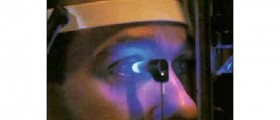
Glaucoma: Tests & Diagnosis
Glaucoma most often occurs in adults over the age of 40, but it can also occur in young adults, children, and infants. In African Americans, glaucoma occurs at an earlier age and with greater incidence of vision loss.

Cataract surgery
First you notice that you have vision problems, and everything looks blurred. Colors may not bright as they did before. Then you see a doctor, who tells you you need cataract surgery.

Recurrent Corneal Erosion Fact Sheet
Recurrent corneal erosion is a condition affecting the outermost layer of corneal cells called the epithelium. The problem is caused when the bottom layer of epithelial cells adhere poorly to the cornea, causing them to slough off easily.


